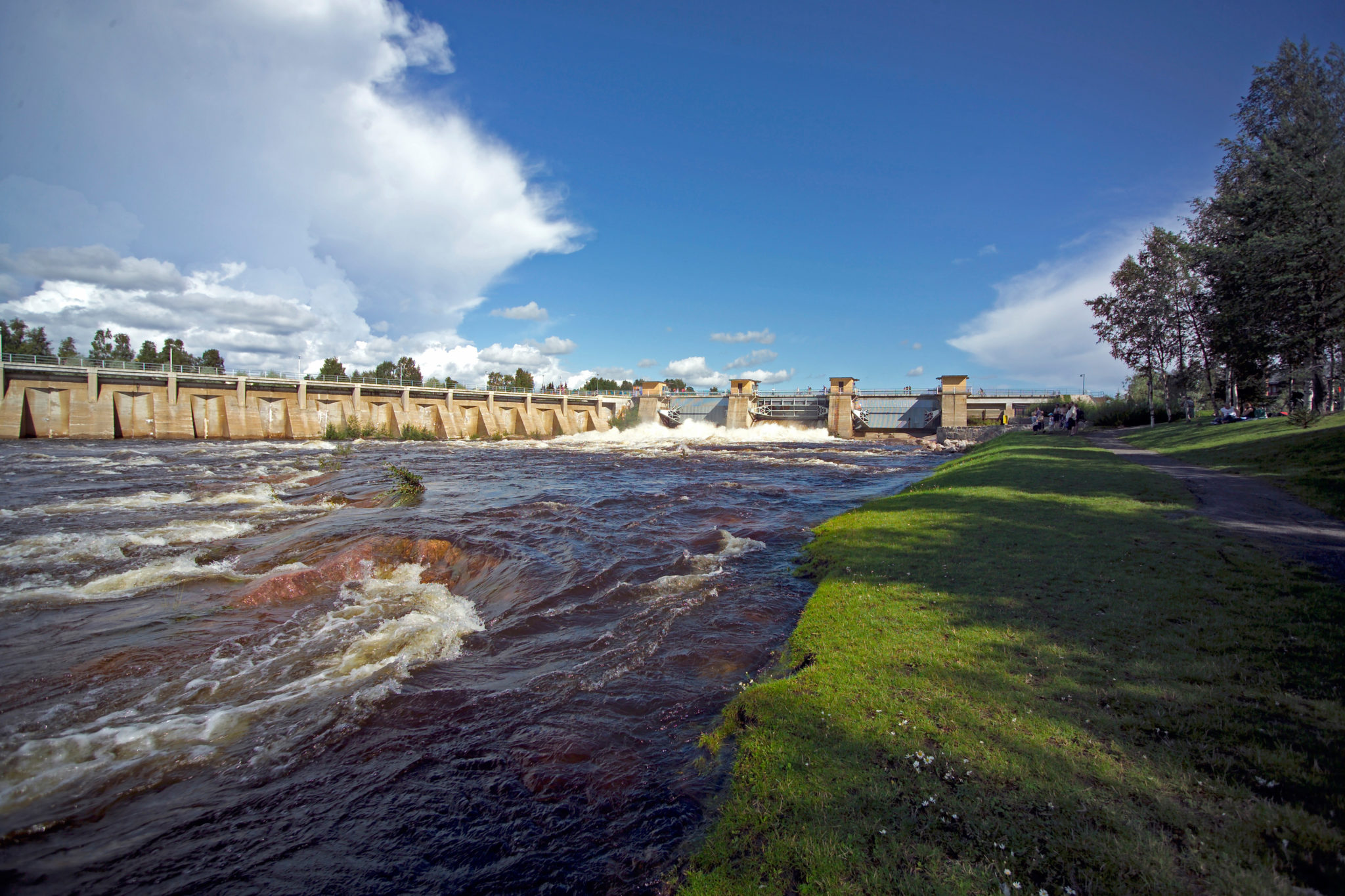Rivers have always been the lifeline of bustling civilizations throughout human history and it certainly is not any different in the modern times, says Faisal Ashraf.
Ever since it was discovered how to trap the huge potential energy of rivers in the form of hydropower there have been around 47,000 large dams and 800,000 smaller dams built during the past 100 years. Extensive damming has caused homogenization in the river flow pattern which puts the ecosystems which have evolved over hundreds of years in conjugation with the dynamic and natural flow pattern of rivers under pressure causing loss in biodiversity.
Measure of homogenization of river flow due to damming is a widely researched subject and there is a consensus amongst all the stakeholders that damming can cause detrimental damage to the downstream ecosystems. But now with the push for incorporation of more renewable energy sources power in the energy markets there is a need for a reliable intermittent source of energy as renewable energy sources power are dependent on uncontrollable forces of nature. Releasing water through the turbines when sun isn’t shining or when wind isn’t blowing can further enhance the unnatural flow pattern of rivers putting ecosystems under further pressure. Change in energy consumption pattern due to evolution of new technology like electric cars demands higher power production during the night time when normally electricity production is at lowest. This means higher diurnal variations due to high energy consumption during night.
To ensure suitable natural flow conditions for river biota, and sustainable nexus of water, energy and climate, more knowledge is needed not only of natural conditions, but also of changes caused by human interventions and potentially by climate change. Clear effects of land use, changing climate conditions or hydroclimate shifts on annual flow regimes have been reported in boreal and sub-arctic regions, but holistic analysis from high resolution data is lacking. There is clear need for holistic analysis to evaluate effects of conventional hydropower, new energy demands and ongoing climate change using high resolution data (hourly) and large spatial coverage in Nordic countries.
During my PhD I will study to analyze the effects of hydropeaking on river regime in Finland, Sweden and Norway using long term high resolution flow data (15 minutes to hourly time interval) from 72 pristine and 136 regulated rivers with large spatial coverage across Fennoscandia. Since the sub-daily discharge variation is masked through the monthly or daily analyzes, in order to measure these changes high resolution data is needed. In my study I will document, characterize and classify the impacts of sub-daily flow variation due to regulation and climatic variation on various river systems in Fennoscandia.
At the end of my PhD project I aim to answer how river regulation, energy demand and climate change has modified flow regimes in the Nordic rivers and how hydropeaking impacts could be diminished.
 Faisal Ashraf is a PhD candidate at the University of Oulu.
Faisal Ashraf is a PhD candidate at the University of Oulu.
His dissertation’s title is Changing river regimes;
analysis of changes in climate and energy demand interactions in northern rivers.
Tilaa uutiskirjeemme
Tilaamalla uutiskirjeemme pysyt ajantasalla ja saat uusimmat artikkelit suoraan sähköpostiisi.

